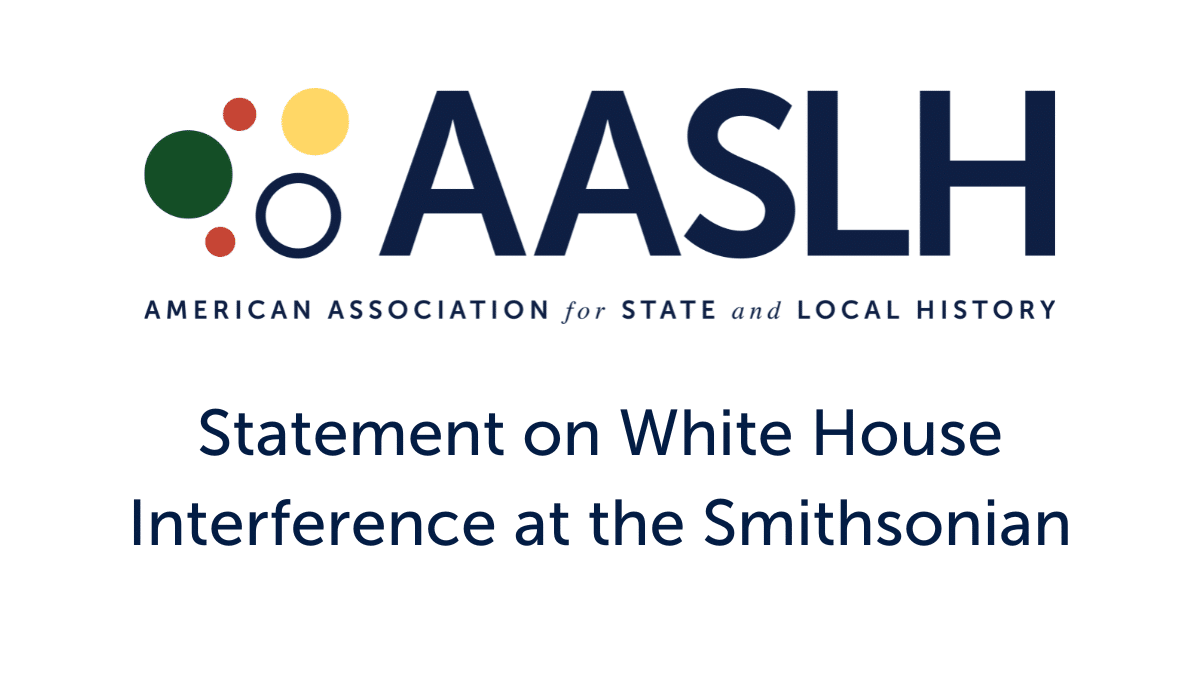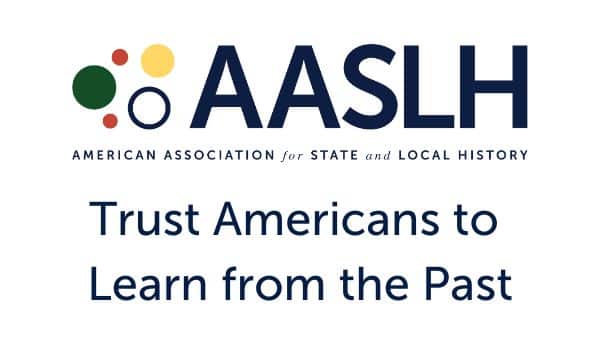In the last few years, our field has begun to engage more intentionally with the stories and lives of enslaved people — in many cases, those whose stories went untold at historic houses across the country. New research and institutional courage — as well as a great deal of advocacy — help us to expand our interpretation, connecting with new audiences and jolting some old ones to see and think differently.
Recently I’ve been thinking a lot about what this can mean personally for those of us who work in the field. In particular, how can we recognize our personal connections to the history we interpret and integrate those connections into our professional identities? I’d assert that this integration is a kind of reconciliation. Below, two public history practitioners share their experiences with the Slave Dwelling Project, run by Joe McGill. Read on to learn how McGill has helped them feel more deeply connected to their work and to think more clearly about how we can make that connection possible for our visitors.

Joe McGill and others at a candlelight service before a sleepover in Cambridge, Maryland, September 2017.
Nicole Moore, Center for Civil and Human Rights, Atlanta, GA
While I don’t know if I would call the Slave Dwelling Project a reconciliation group, I see the potential and the opportunities to create dialogue that can lead to reconciliation for some. Joe McGill is always telling us that we have to change the narrative of how we talk about the lives of the enslaved, and for every living history event we do as the Inalienable Rights Team, we are doing that. We challenge the perceptions of the enslaved community. We show the foodways but also talk about how they are similar to what we’re eating today—all of us. We are looking at the skills of the blacksmith or furniture makers and we are putting the enslaved and even the institution of slavery into a different context. It becomes more about human beings who were a part of a system, and it allows for conversation to happen.
When the Slave Dwelling Project has an overnight stay at a slave cabin, it’s not just to experience the living conditions, but it’s the start of the hard conversations held around a fire that go into race relations, the legacy of slavery, and how we move forward. It’s in those raw moments that strangers and friends come together to really talk about the tough stuff of our history and reconcile with the lasting harm that has been caused due to decades of ignoring what slavery has meant to the United States.
These conversations, while very honest, can make people uncomfortable, but I think that’s the true value that sites and other institutions should get from moments like this. Learn to sit in the discomfort and ask yourself the hard questions: what can be done next? Ask what is it your site is doing or isn’t doing, and what more can be done? We shouldn’t be comfortable just knowing about the lives of the enslaved; we should be talking about the legacy of their lives on us today—no matter what our race is, or whether it’s a part of our personal history. Living in this country, we all end up feeling the impact of slavery. It’s embedded in our policies, it’s how we look at those who migrate to this country, and it is how we discuss poverty, labor, corporations and wages. Until we are ready to have these conversations that are provided by organizations like the Slave Dwelling Project or Coming to the Table, we will not be able to really talk about reconciliation and coming to terms with our past.
Lisa Robbins, Historic Annapolis, Annapolis, MD
I have worked with Joe McGill from the Slave Dwelling Project on several occasions. We did two overnights sleeping in the carriage house of the James Brice House and another evening sleeping in the historic kitchen of the William Paca House. In the darkness of these spaces, honest conversations were had about interpreting uncomfortable histories at sites that have little diversity in staff, volunteers, and in general visitors. Participants brought up questions and concerns about addressing board members, staff, and stakeholders who may create roadblocks to having honest conversations and interpretations about race. It was these conversations over dinner and in the late evening that reverberated throughout my head for many weeks and months.
Through these experiences, I had a personal revelation walking through the eighteenth-century house museum in my comfy clothes, getting ready to crawl into my sleeping bag: these were living, breathing homes. So often we work in these historic buildings and they become a place of business. How many admissions, programs, and events can be done in the small rooms, broken copiers, deadlines, and normal workplace chatter become the normal narrative. Being in the still and quiet of these spaces in the middle of the night made me have a visceral feeling that these were homes: places where people lived, worked, died, cried, and laughed. Places where people walked the halls in the middle of the night when they couldn’t sleep, just as I was doing. Through that connection I found an even greater importance on telling their stories, and that has informed the trainings, tour revisions, and conversations over the last year.
One of the driving missions of Joe McGill and the Slave Dwelling Project is to change the narrative. Through the overnights with the Slave Dwelling Project and representatives from Coming to the Table, conversations have begun. Joe’s informal approach of having a conversation and meeting people where they are is very effective and necessary. Telling a holistic story while connecting to modern day issues is so necessary for organizations like ours. Museums often say they want to be community centers or active in their community, but they don’t want to have uncomfortable conversations and so they perpetuate the notion of being static. Joe McGill has left many impressions on me. The two that constantly come into my mind are 1) start talking and 2) look for the fingerprints. As I walk through my eighteenth-century buildings, I am forever looking for the fingerprints in the bricks and promising the ancestors that their stories are being told.




